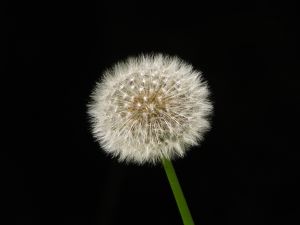Resource Management, Post-Apocalypse Style
by Chris Makler So suppose—and I’m not trying to get you down here—that an asteroid were to hit the earth, wiping out 90% of known species. (Or, if you prefer, that a combination of deforestation and our fascination with only growing a few key crops achieves the same outcome.) How could we regain our current biodiversity?
So suppose—and I’m not trying to get you down here—that an asteroid were to hit the earth, wiping out 90% of known species. (Or, if you prefer, that a combination of deforestation and our fascination with only growing a few key crops achieves the same outcome.) How could we regain our current biodiversity?In case these kinds of things keep you up at night, you can rest easier thanks to the Svalbard Global Seed Vault that opened yesterday in Arctic Norway. There’s a great blog post about it on the New York Times website. The vault is a step up from existing seed banks, which are threatened by political instability or a lack of funding.
The post points out, though, that a group called grain.org has criticized the seed vault. Read their criticism here.
Discussion Questions
1. The post asks, “How much of this intergovernmental work help[s] sustain farming diversity, as opposed to museum-style genetic diversity?” Another way of asking this is as follows: producing food requires land, labor, and capital. The seeds themselves are just part of the equation. What happens if farmers, after hundreds of years of not farming these crops, lose the skills associated with their use? What can be done to preserve knowledge of how to maintain a species that is no longer actively farmed?
2. The seed vault acts as a centralized mechanism, much like a kidney donor list, that describes who is entitled to the seeds in the vault and under what circumstances. How does that mechanism compare to a market mechanism? Is it true, as grain.org argues, that the wrong stakeholders are given priority in this system? What rights do (and should) farmers have, as opposed to governments?
Labels: Economic Development, Economic Growth, Resource Allocation



0 Comments:
Post a Comment
<< Home